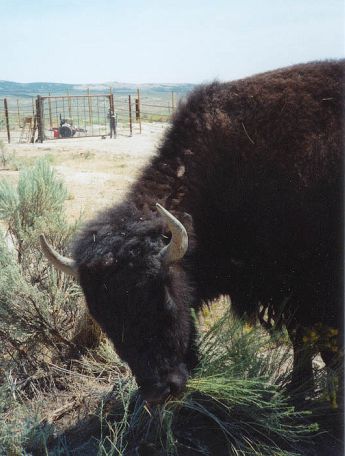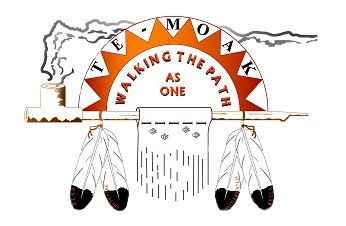
History & Culture

Western Shoshone Indians are the descendants of an ancient widespread people whose name is "Newe" meaning "The People." The traditional Western Shoshone territory covered southern Idaho, the central part of Nevada, portions of northwestern Utah, and the Death Valley region of southern California. This vast land of mountains, valleys, deserts, rivers, and lakes offered an abundance of wildlife and plants for the Shoshone to hunt, fish, and gather. The Newe knew their lands and cared for its natural balance; for them it was a land of plenty.
Prior to contact with white culture, the Newe divided themselves into small extended family groups who confined themselves to specific areas for hunting and gathering. White settlers renamed the Newe "Shoshone" during the 1820's. The first contact of the Newe people with whites was mainly with fur trappers during the era of 1827 to 1846, who began the destructive cycle of exploiting natural resources. Overland emigrants began rushing at this time to the gold mines of California, and many settled throughout the Newe region, claiming the most fertile lands.
The Western Shoshone have had their share of legal battles with the federal government over broken treaties. The Treaty of Ruby Valley in 1863, for instance, granted the tribe ownership of much of eastern Nevada. When, nearly a century later, the government agreed to pay $26 million in compensation, the tribe rejected the offer, insisting on a return of the land instead. For many of the Western Shoshone bands, cattle ranching has served as the main source of income during the 20th century.
At the beginning of the 20th century there was but a single Western Shoshone reservation, located in Duck Valley along the Nevada-Idaho border. The BIA planned to coerce all the Shoshones of the Great Basin region to move there. Ultimately, less than one-third of them agreed to this arrangement, however, so the government encouraged Northern Paiutes from Oregon and Nevada to join the Western Shoshones still not living on reservation land, the government set aside thousands of acres for various "colonies" (in California) as alternatives to full-size reservations like Duck Valley. The four Nevada Bands (three colonies & one Reservation) that united to form the Te-Moak Tribe of Western Shoshone are the Elko Colony, Battle Mountain Colony, Wells Colony, and the South Fork Reservation adopted a constitution in 1938, which was recognized by the federal government.

A special thanks for the Beadwork provided by Nick Knight, Linda Gonzales, Nikki Jackson, Dynneil Atkins, and others



